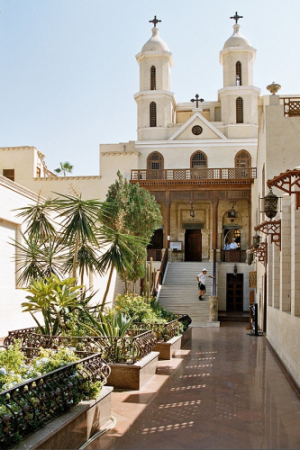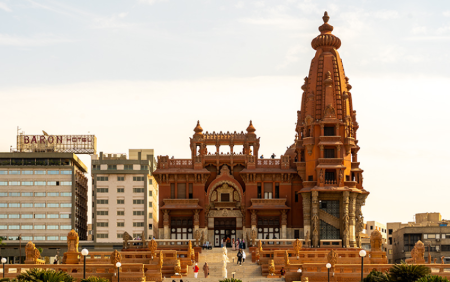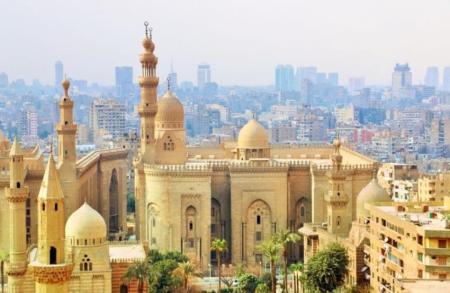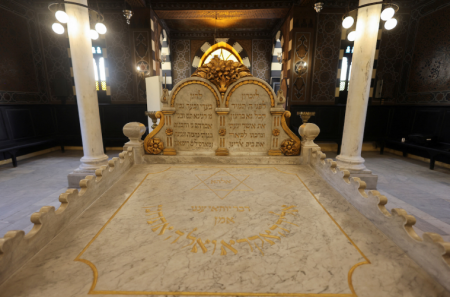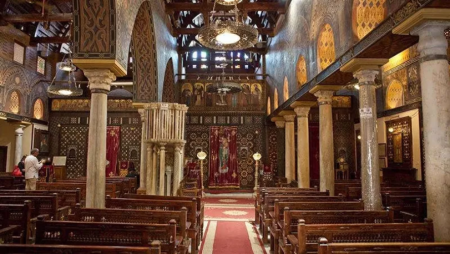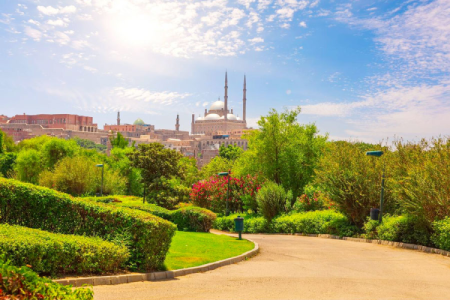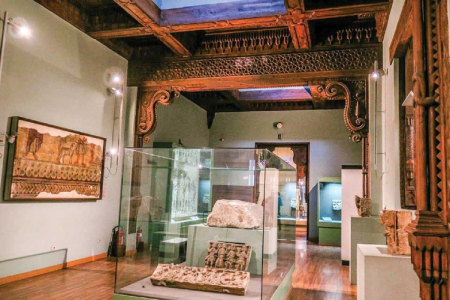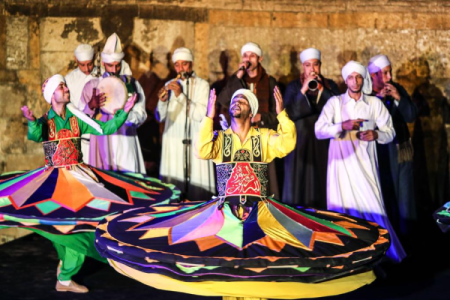Sultan Hassan Mosque

Unveiling the Majestic Legacy of Sultan Hassan Mosque in Cairo, Egypt
In the heart of Cairo city, where history whispers through the ancient streets, stands one of the Islamic world’s grandest architectural masterpieces — the Sultan Hassan Mosque. Rising near the Citadel of Salah El-Din, this 14th-century marvel embodies spiritual devotion, architectural brilliance, and a timeless tribute to Mamluk craftsmanship. The mosque’s colossal scale and intricate detailing make it one of Egypt’s most impressive monuments, drawing travelers, historians, and architects alike. It’s not merely a religious building but a living museum of Islamic art, culture, and geometry. Sultan Hassan Mosque stands as a testament to Cairo’s golden era and remains a defining landmark of Islamic Cairo.
Commissioned by Sultan an-Nasir Hassan in 1356 AD, this mosque represents the zenith of Mamluk architectural achievement. Its massive portals, towering minarets, and precisely proportioned courtyards reflect a blend of functionality, symmetry, and grandeur. When you enter, you’re instantly transported to an era where art met devotion, and engineering transcended imagination. The harmony of light and shadow within its vast iwans evokes contemplation, while the echoing call to prayer has resonated here for centuries. Visiting Sultan Hassan Mosque isn’t just about admiring ancient stone—it’s about feeling the pulse of Egyptian history. Its commanding presence continues to grace the skyline, sharing its story with every visitor who walks through its monumental gates, reminding us why Cairo is often called the “City of a Thousand Minarets.”
The Historical Origins of Sultan Hassan Mosque
The Sultan Hassan Mosque was constructed during the Mamluk era, a period marked by opulence, scholarship, and urban expansion. Sultan an-Nasir Hassan, who ascended to power at a young age, envisioned this mosque as a symbol of piety and authority. Built between 1356 and 1363, the structure cost a fortune, with records suggesting that its funding came partly from the confiscated wealth of a disgraced official. Despite political instability during the Sultan’s reign, the mosque’s construction advanced rapidly, involving some of the era’s most skilled artisans and architects. Tragically, Sultan Hassan was assassinated shortly before the mosque’s completion, never witnessing the masterpiece that bore his name.
The site’s strategic position opposite the Citadel amplified its political symbolism — a stone monument declaring the Sultan’s strength and divine legitimacy. Over time, the mosque became not only a center for worship but also an educational hub, housing a madrasa dedicated to the four Sunni schools of jurisprudence. The Sultan Hassan Mosque remains a stellar representation of Cairo’s Islamic heritage, bridging spirituality with intellectual life, much like sites nearby such as Al Azhar Mosque and El Moez Street, where faith, learning, and art converge seamlessly.
Architectural Brilliance and Design of Sultan Hassan Mosque
When discussing Mamluk architecture, Sultan Hassan Mosque stands as an unrivaled example. The mosque’s layout follows a cruciform plan with four monumental iwans facing a central open courtyard. Each iwan represents one of the four major Sunni schools—Hanafi, Maliki, Shafi’i, and Hanbali—making this mosque a spiritual and educational complex. The main entrance, an awe-inspiring portal rising nearly 38 meters, boasts intricate stone carvings, geometric motifs, and Kufic inscriptions.
The mosque’s enormous dome and minarets dominate the skyline of Islamic Cairo. The tallest minaret reaches 81 meters, one of the highest in the city, offering breathtaking views of the old metropolis and the nearby Alabaster Mosque. Inside, the craftsmanship shines through the marble paneling, inlaid wood, and bronze chandeliers that hang from the vast ceilings. The mihrab and minbar are masterworks of marble and wood inlay, blending artistry and devotion. The acoustic design of the prayer hall amplifies the imam’s voice without modern amplification, a testament to the genius of its architects. Every brick and carving reflects the height of Islamic art, rooted in devotion and perfected by science.
The Spiritual and Educational Role of Sultan Hassan Mosque
Beyond its architectural splendor, Sultan Hassan Mosque was conceived as an institution of learning and faith. Each iwan served as a madrasa where scholars taught theology, law, and Arabic sciences. Students lived in adjacent cells, creating a self-contained academic community. The mosque’s endowment supported both education and welfare, feeding the poor and housing travelers. This dual purpose—religious and educational—made it a cornerstone of medieval Cairo’s intellectual life.
Today, the mosque continues to welcome worshippers and visitors alike, serving as a living example of Egypt’s enduring devotion to knowledge and spirituality. When explored as part of comprehensive Egypt Travel Packages or guided Cairo Day Tours, the mosque offers travelers an immersive experience into Islamic Cairo’s soul, where history, faith, and art coexist harmoniously.
Mamluk Artistry and Symbolism Carved in Stone
Every surface of Sultan Hassan Mosque tells a story of devotion and power. The geometric symmetry reflects divine perfection, while the arabesque decorations symbolize infinite creation. The use of light is poetic—filtered rays enter through mashrabiya screens, creating shifting patterns across the marble floors. The mosque’s calligraphic inscriptions celebrate Quranic verses, connecting the viewer with divine revelation. The building’s design cleverly merges aesthetics with theology, making architecture itself a form of worship. The colossal entrance, angled to align with the Qibla direction, demonstrates precision engineering and spiritual intent. It’s no wonder historians consider the mosque among the most beautiful ever built in the Islamic world.
Preservation and Cultural Impact of Sultan Hassan Mosque
Despite centuries of earthquakes, invasions, and pollution, Sultan Hassan Mosque remains remarkably well-preserved. Restoration efforts by Egyptian and international teams have helped maintain its structural integrity, ensuring future generations can marvel at its grandeur. The mosque attracts thousands of visitors every year, from scholars tracing Mamluk history to travelers on Egypt Nile Cruises who wish to witness Cairo’s architectural treasures up close. As part of Islamic Cairo’s UNESCO-listed heritage, the mosque plays a pivotal role in preserving Egypt’s religious and cultural identity. Its influence extends beyond borders, inspiring mosque designs across the Middle East and North Africa.
Modern visitors often find tranquility in its vast courtyard, where time seems suspended. The call to prayer reverberates through its domes, reminding all of Egypt’s spiritual continuity. Its proximity to attractions like Khan al-Khalili Cairo and the Egyptian Museum of Cairo makes it a must-visit on any cultural or historical itinerary.
Why Sultan Hassan Mosque Continues to Inspire
The mosque’s immense scale and timeless elegance continue to inspire architects, artists, and believers. Its design principles—balance, proportion, and harmony—remain relevant to this day. The integration of form and function, the marriage of structure and spirituality, make it a living lesson in sacred architecture. Sultan Hassan’s legacy endures not just in stone but in the ideals of enlightenment, generosity, and beauty that the mosque embodies. Modern-day Egypt embraces this monument as a symbol of national pride and heritage, linking the golden age of the Mamluks with Cairo’s vibrant present.
Those who stroll through its echoing halls often describe the experience as transformative. Whether you’re an architectural enthusiast or a spiritual seeker, the mosque’s aura leaves a lasting impression. It’s more than an edifice—it’s an emotion carved in stone, echoing the rhythm of Cairo’s heart.
Frequently Asked Questions about Sultan Hassan Mosque
What is the significance of Sultan Hassan Mosque in Islamic architecture?
Sultan Hassan Mosque is considered one of the finest achievements of Mamluk architecture. Its monumental size, perfect symmetry, and innovative design made it a model for later mosques across the Islamic world. The mosque’s integration of educational institutions within its complex also marked a turning point in religious architecture, blending worship with intellectual pursuit.
Where is Sultan Hassan Mosque located?
The mosque is located in central Cairo, directly across from the Citadel of Salah El-Din. This prime position enhances its historical and visual dominance, making it easily accessible from other major sites in Islamic Cairo. Visitors can reach it conveniently when exploring nearby landmarks or taking organized Egypt Excursions.
Who built Sultan Hassan Mosque?
The mosque was commissioned by Sultan an-Nasir Hassan, a Mamluk ruler known for his patronage of science, art, and architecture. It was constructed between 1356 and 1363, though the Sultan was assassinated before its completion. The mosque stands as his most enduring legacy.
Why should travelers visit Sultan Hassan Mosque?
Travelers visit the Sultan Hassan Mosque to experience an unparalleled combination of history, spirituality, and artistry. Its monumental scale, intricate design, and serene atmosphere make it a must-see for anyone exploring Cairo’s Islamic heritage. As part of curated Egypt Vacations Packages, the mosque offers an enriching glimpse into Egypt’s medieval past and cultural soul.
How does Sultan Hassan Mosque compare to other mosques in Cairo?
While Cairo boasts countless historic mosques, Sultan Hassan stands out for its grandeur and symmetry. Unlike smaller counterparts such as the Mosque of Ibn Tulun or the nearby al Rifai Mosque, Sultan Hassan’s vast scale and balanced proportions create an awe-inspiring experience. It remains a cornerstone of Islamic Cairo’s architectural identity and a timeless symbol of Egypt’s spiritual legacy.




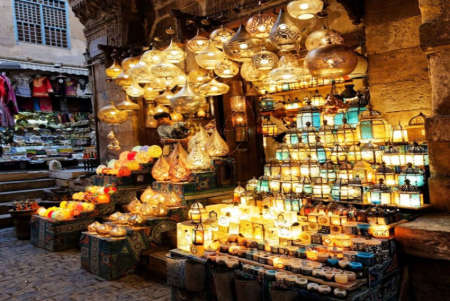
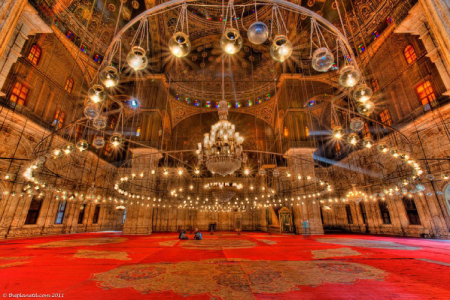


.png)


